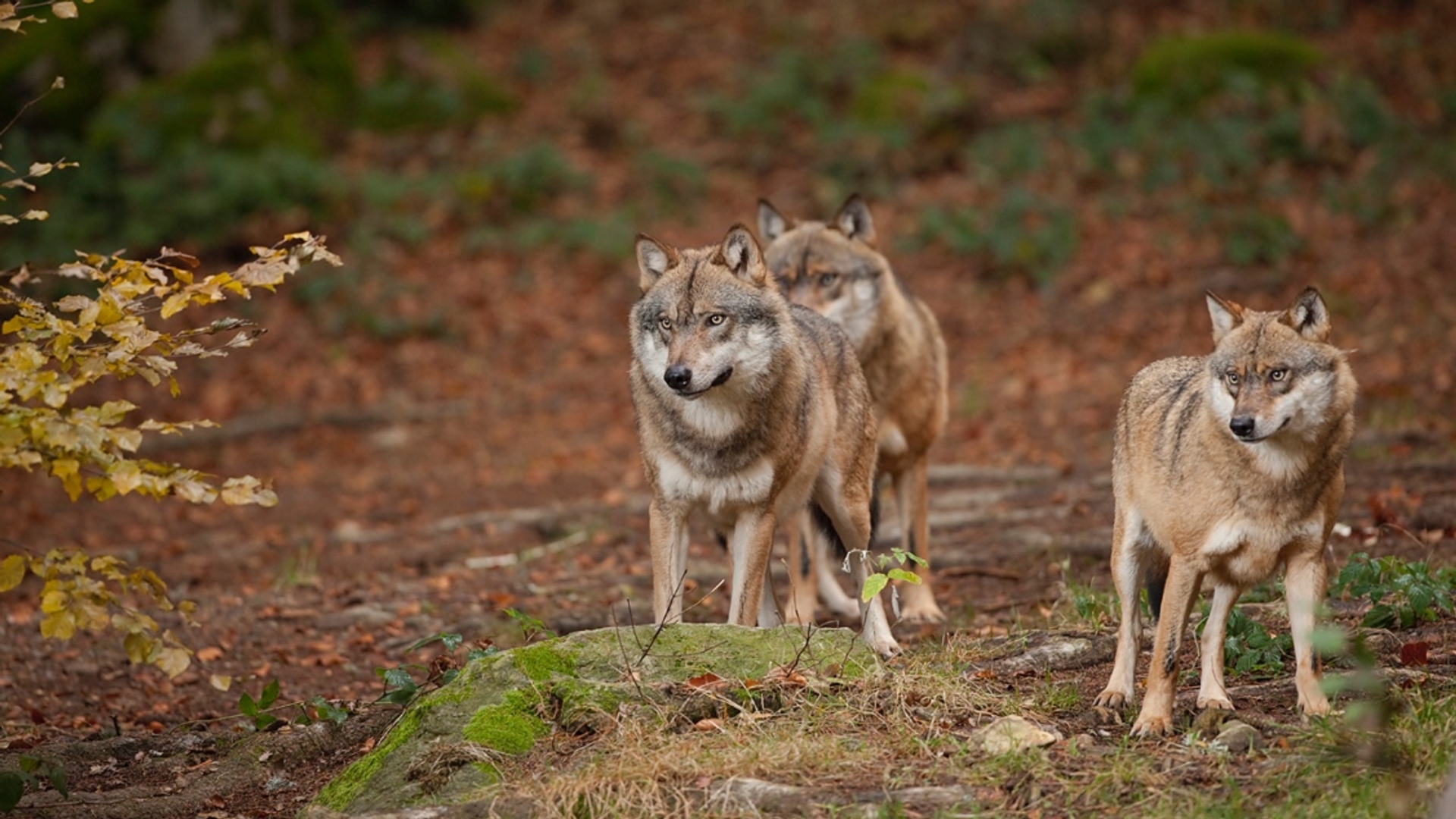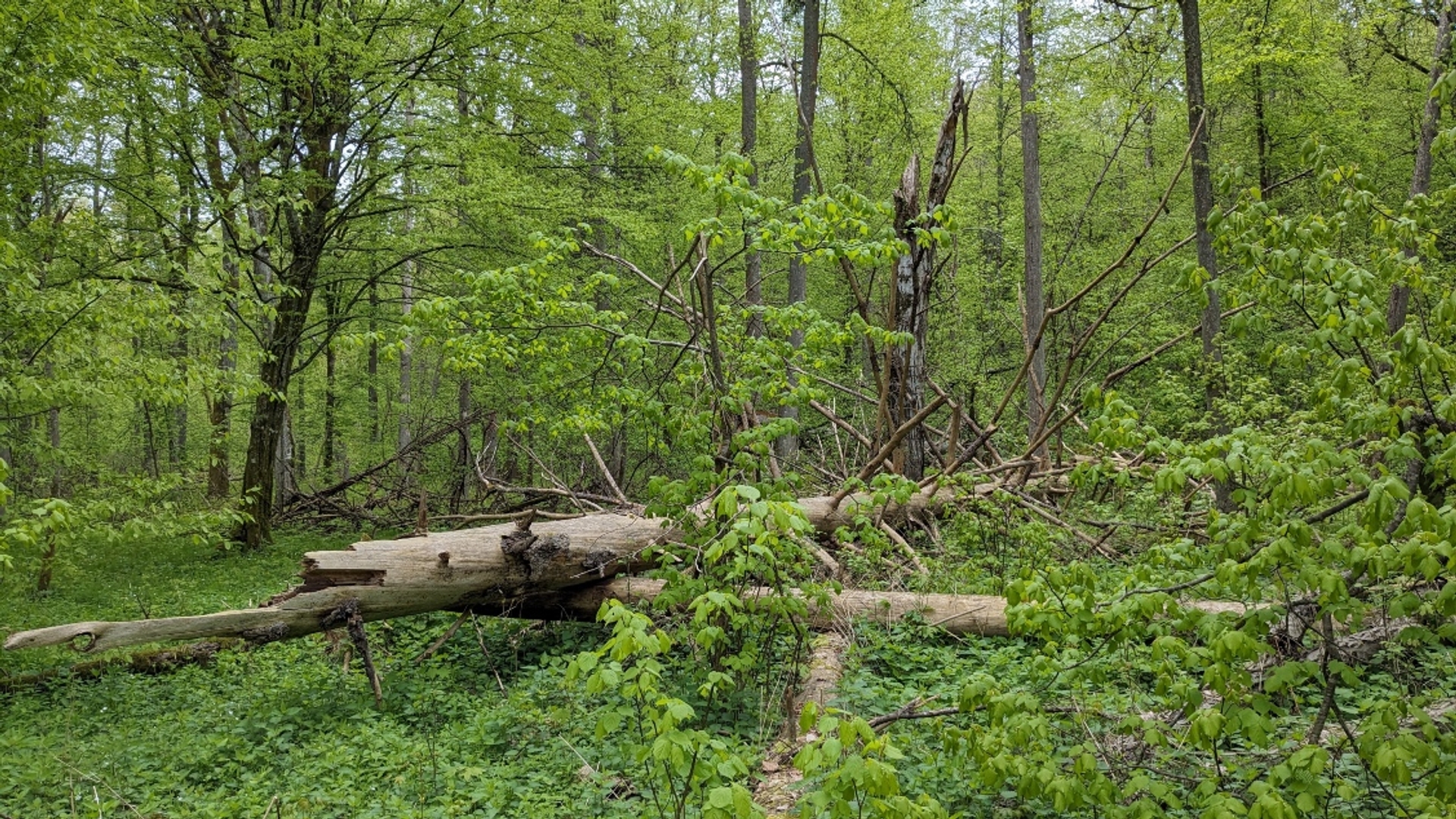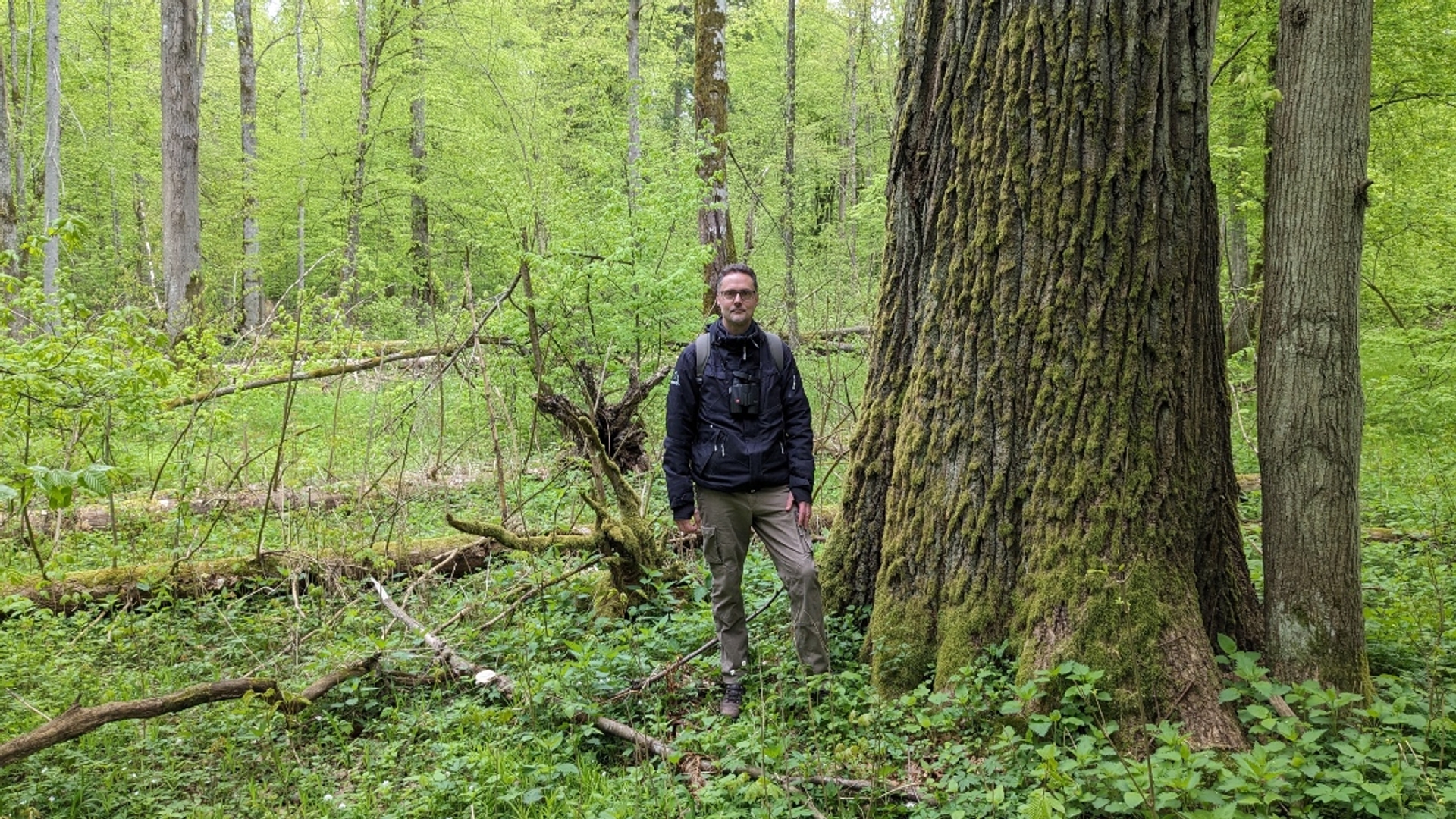today
•
Reading time 3 minutes
96818 Views
•

© Marcelvan Balcom
“Wolves reduce deer nutrition and thus help keep forests healthy.” This is an argument heard often from wolf advocates. However, ecologist Dries Kuijber does not expect these types of impacts to occur very often in the Netherlands. However, the wolf can impact nature in unexpected ways. Report in Białowieża Forest, eastern Poland.
The wolf affects the primeval forest
Anyone who knows what to look for can see how the wolf affects the landscape of the Białowieża Forest. Dries Kuijber of the Polish Institute of Mammal Research has been conducting research in one of the most untouched parts of European nature for sixteen years. He discovered that seedlings around deciduous trees were less likely to be eaten. “Red deer strongly avoid these areas,” Kuijper says. Deer want to be able to see wolves approaching and in those places the view is often blocked by a fallen tree. The result: the forest can regenerate in these places.
But wolves also impact the landscape on a large scale. “Wolf packs have certain places in the forest where they visit often. Red deer know that danger lurks there and avoid those places,” Kuijper saw after extensive camera trap research. There you also see less damage to young trees. “These impacts on both large and small scales are intertwined. So wolves are indirectly adding a lot of diversity to the landscape.”

They can be seen in the Białowieża Primeval Forest: red deer avoid inconspicuous places when wolves are present, so that young trees have a better chance.
© Geert Elbertsen
What about the Netherlands?
Wolves have been living in the Netherlands again since 2015. “In some places, such as large nature reserves, we can also expect impacts in Poland and the Netherlands, but in many places human activities will easily change or dominate wolf impacts. Take for example activities such as Department of Game, Forest and Recreation Activities.
Does it make sense for nature for the wolf to return? “You actually have to turn things around. You may be disappointed that the wolf is not doing what we expect, but we have to learn something from it. If we want to return to a more natural system, we have to take a step back and let the wolf have its influence.”

Ecologist Dries Kuijper in his field of research: Białowieża Primeval Forest
© Geert Elbertsen
New interactions in new systems
This does not mean that wolves in the Netherlands do not affect their environment. “It is clear that a large predator has an impact on how the ecosystem works. They always have certain impacts. But we may be a bit blind because we always expect the same impacts to occur in the Białowieża primeval forest.
The Netherlands is quite different in terms of landscape from eastern Poland. For example, they are more fragmented and more densely populated. “Natural systems have changed dramatically in many aspects. The wolf is now returning to this place,” Kuijper mentions in one Scientific material “New systems.” He logically expects “new interactions” in these “new systems.” “Very exciting new impacts could arise if the wolf returns to these types of landscapes.”
The wolf and the cat
In the article, Kuijper provides several examples of how the wolf has affected these new landscapes. “We know, for example, that small predators often try to avoid wolves.” Feral cats eat large numbers of birds. “I think cats would be expected to be wary in places where wolves are common,” which could lead to a positive impact on birds.
“It could happen,” Kuiper says. “I think we should pay special attention to these kinds of new interactions that might arise. As an ecologist, I expect this to happen. We don’t yet know exactly what will happen.”

“Creator. Award-winning problem solver. Music evangelist. Incurable introvert.”







More Stories
British military spy satellite launched – Business AM
Alarming decline in the Caspian Sea
Lithuania begins construction of military base for German forces